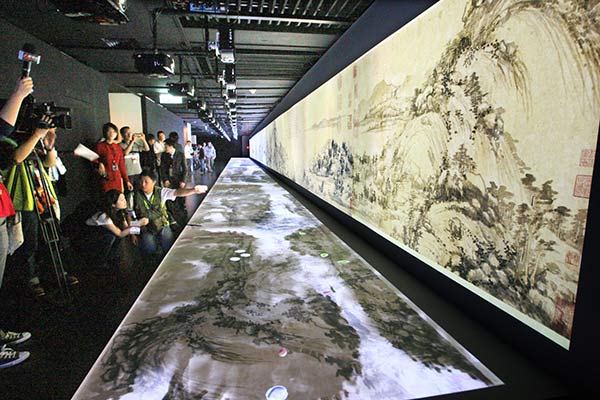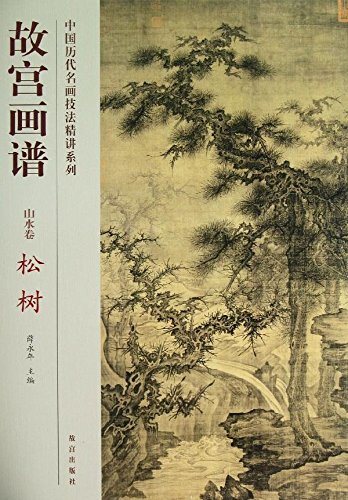Taipei Palace Museum to sue Beijing museum for copyright infringement
font-size:

The Taipei Palace Museum will file a lawsuit against the Palace Museum in Beijing for violating its copyright by including three of its collections in a painting album without authorization.
According to the Beijing Youth Daily, the Taipei Palace Museum has been preparing documents since November 3, but is yet to file them in a Beijing court.
Law experts say that if the Taipei Palace Museum files a lawsuit in Beijing, due to the different intellectual property regulations, the Taipei side has to not only prove that it owns the copyright of the litigated paintings, but also that the Beijing side has conducted the infringement act according to China's Copyright Law.
Three paintings including Dwelling in the Fuchun Mountains are referred to as copyright offense
According to Taipei Palace Museum staff, a painting album published by the Palace Museum in Beijing contains images of three paintings: Travelers among Mountains and Streams, Dwelling in the Fuchun Mountains, and Early Spring, which are now among the Taipei museum's collections.
Dwelling in the Fuchun Mountains is one of the few surviving works by the painter Huang Gongwang, and was burnt into two pieces in 1650, with one of them stored today at the Zhejiang Provincial Museum in Hangzhou while the other kept at the Taipei Palace Musuem. The two halves were reunited for the first time in 2011 at the Taipei Palace Museum during an exhibition.
Though the Palace Museum in Beijing marks below each image that they are from the Taipei Palace Museum, the Beijing side shall submit official application for an authorization before usage, according to Taipei museum's copyright usage regulations.
The Taipei side claimed that after finding the three paintings, they had tried to contact the Beijing side in November and December last year to ask for a supplementary application, but no reply was received.
Therefore, the Taipei Palace Museum decided to file a lawsuit against the Palace Museum in Beijing for copyright offenses. So far, the Beijing side hasn't made an official response.

Taipei Palace Museum shall prove Palace Museum in Beijing has infringement act
The Taipei Palace Museum said it took its lawyers' advice and commissioned relative departments to handle the issue based on a cross-Taiwan Strait cooperation agreement on intellectual property protection. After talks with China's National Copyright Administration, the administration said that it was not responsible for the verification of the originality of painting or relic images, and suggested the Taipei side take legal action or establish communication mechanism with the Beijing side to solve the dispute.
Zhang Bingnan, a law expert on intellectual property in Beijing, said the Taipei Palace Museum's allegation belonged to intellectual property infringement civil action, and if specific claims, facts and reasons are provided, and the case is within the Beijing court's jurisdiction, the court will accept the case.
Not only does the Taipei Palace Museum have to prove it owns the copyright of the litigated paintings, it also must prove the Beijing side conducted the infringement act according to the Copyright Law in Chinese mainland.
Zhang also pointed out that the copyright usage regulations of the Taipei Palace Museum, which it used to accuse the Palace Museum in Beijing, are internal regulations not within the law scope of the Chinese mainland's court and neither the content from cross-Taiwan Strait cooperation agreement on intellectual property protection. Therefore, the regulations can't be used as legal basis in determining if Taipei Palace Museum enjoys the copyright.
Related articles
This article has no related articles!






